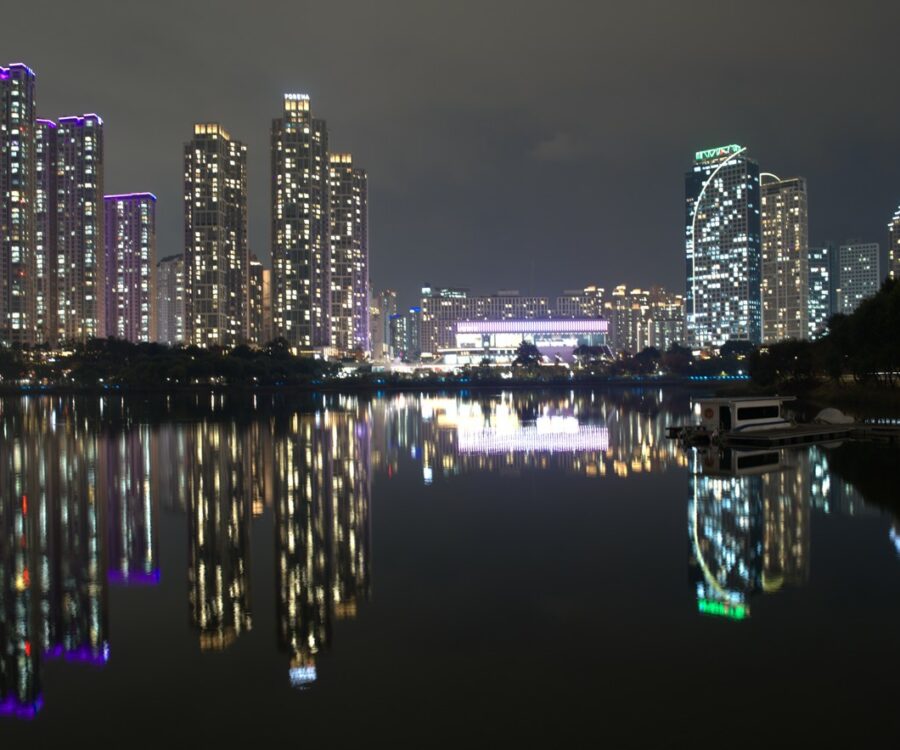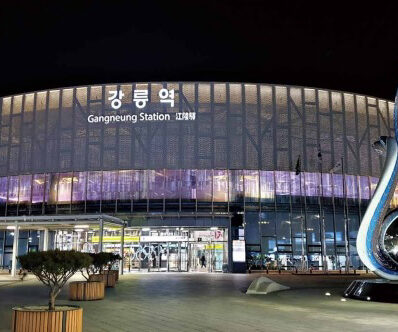The 3.1 Movement (Samiljeol), also known as the March 1st Movement, was a key event in the struggle for independence from Japanese colonial rule in Korea. It took place on March 1st, 1919, when a group of Korean independence activists issued a declaration of independence in Seoul, calling for an end to Japanese colonial rule and the establishment of a democratic Korean government. The name “Samiljeol” literally translates as “Three One Movement” from the Korean language and means ‘March 1st Movement’.
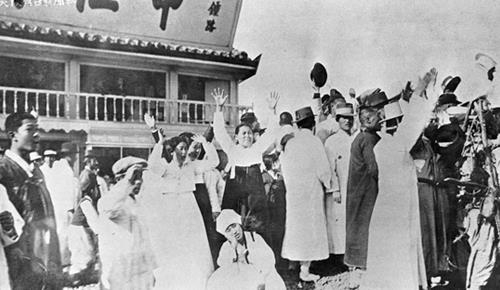

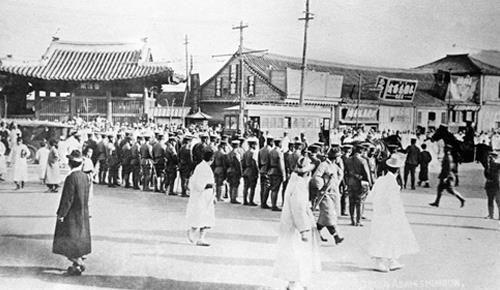
Source: National Archives
The declaration was signed by thousands of Koreans and sparked a series of peaceful protests and demonstrations throughout the country. The movement was largely driven by young people and students, who were inspired by the ideals of democracy and self-determination.
However, the movement was met with a violent response from the Japanese colonial authorities, who cracked down on the protesters with force. Thousands of protesters were arrested, imprisoned, or killed during the crackdown, but the movement continued to inspire Koreans to resist Japanese colonial rule.
The Samil Movement had a profound impact on Korean society and served as a catalyst for the struggle for independence, which continued for several decades. It also helped to inspire other anti-colonial movements around the world and remains an important symbol of the fight for democracy and freedom. Today, March 1st is observed as a national holiday in South Korea, known as Independence Movement Day, to remember and honor the sacrifices of those who fought for Korea’s independence.
Today, the March 1st Movement is commemorated as a national holiday in South Korea, and there are several places throughout the country where visitors can learn more about the movement’s history and legacy. In case you want to learn about other historical sites to visit in Korea, check our previous article here.
The Independence Hall of Korea (독립기념관)
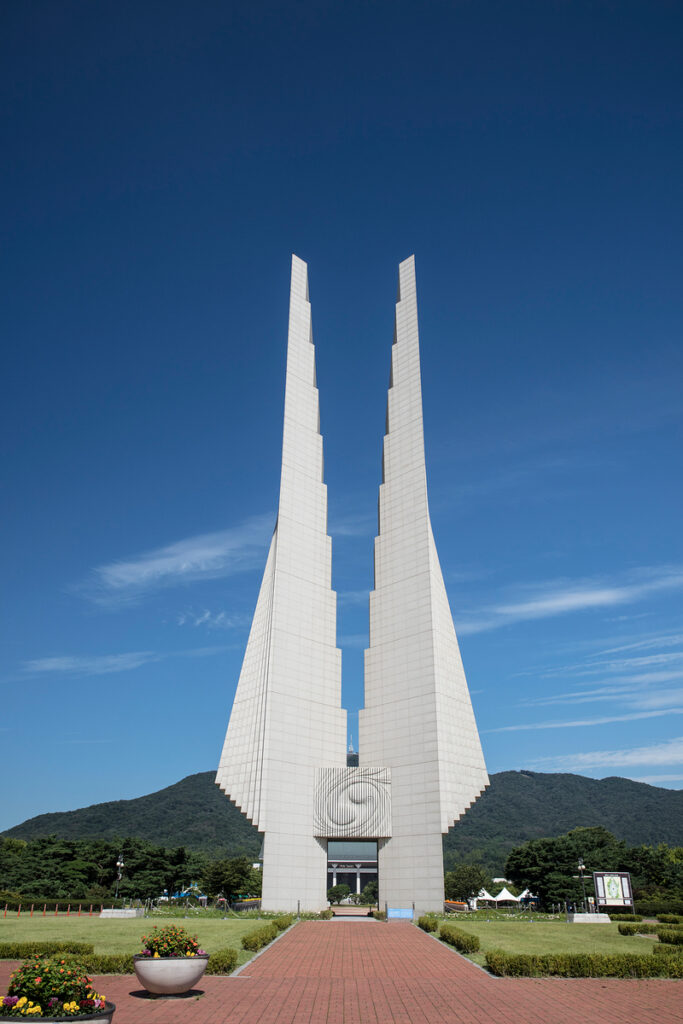
Independence Hall of Korea opened on the anniversary of Independence Day in 1987 thanks to public donations. It is the first must-visit destination for anyone interested in Korean history and culture, particularly those who wish to learn more about Korea’s struggle for independence and its fight against colonialism and oppression.
The museum features a wide range of exhibits and displays that showcase the history of the independence movement, including artifacts, documents, photographs, and multimedia installations. Some of the most notable exhibits include the Historical records related to independence movements in the 1910s including the March 1st Independence Movement.
Address: 1, Dongnipginyeomgwan-ro, Dongnam-gu, Cheonan-si, Chungcheongnam-do
Seodaemun Prison History Hall (서대문형무소역사관)


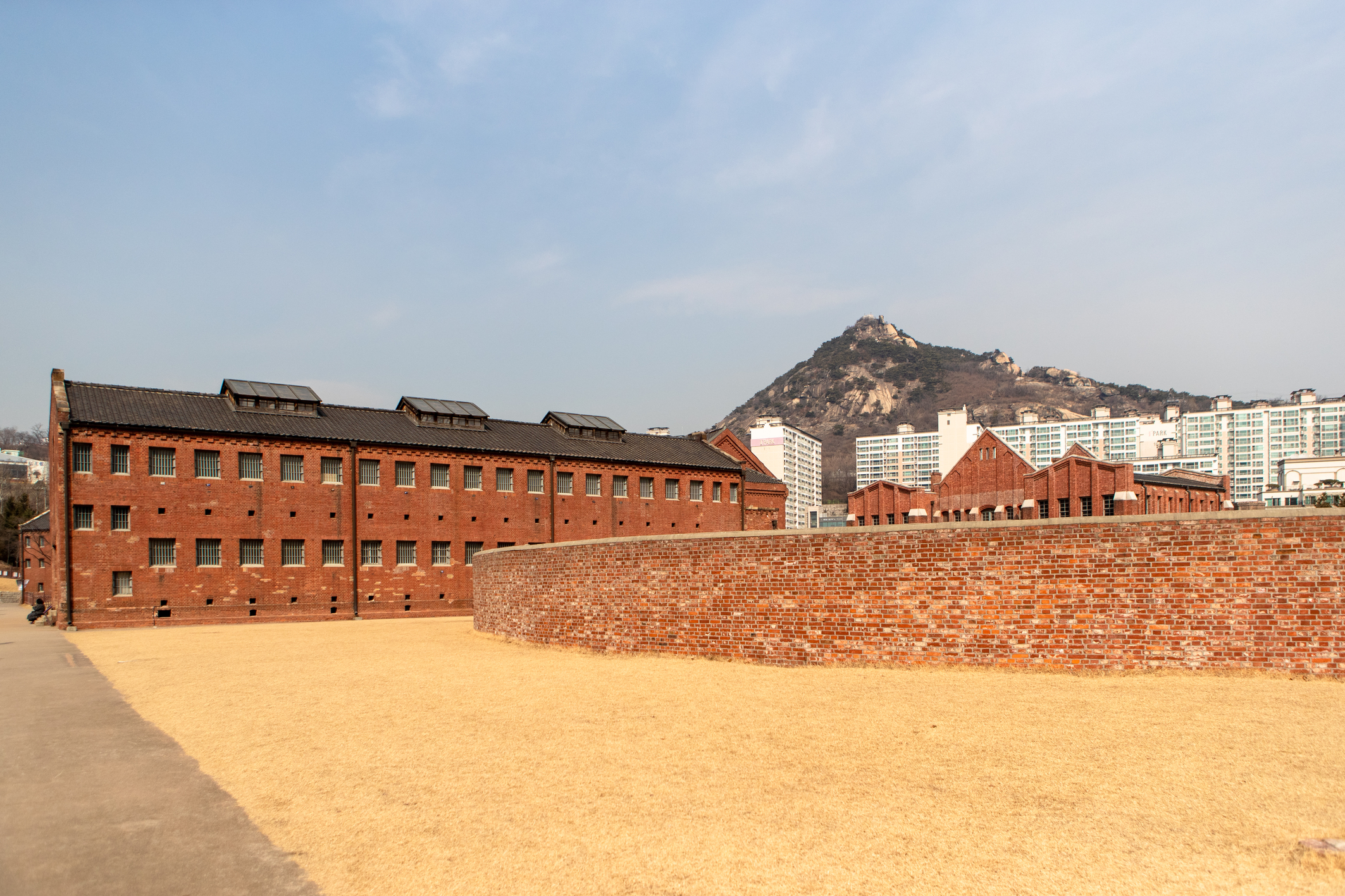
This museum in Seoul is housed in the former Seodaemun Prison, where many Korean independence activists were imprisoned and tortured during the Japanese colonial era, including several key figures in the March 1st Movement. Every year on March 1st events held to commemorate the March 1st movement and pay respects to those who fought for independence.
The prison was built in 1908 by the Japanese colonial government. Many of the prisoners who were held at Seodaemun were subjected to brutal treatment, including physical and psychological torture, and many died within its walls.
Today, Seodaemun Prison History Hall serves as a powerful reminder of the atrocities committed by the Japanese colonial government in Korea, and it is a popular destination for visitors who wish to learn about this dark period in Korean history. The museum features a variety of exhibits and displays that showcase the history of Seodaemun Prison, including replicas of prison cells, interrogation rooms, and torture devices.
One of the iconic figures associated with this historical site is Yoo Gwan Soon, a female student in Ehwa University who later became a symbol of Korea’s fight for independence. Yoo was arrested during the movement and despite her efforts to secure a just trial, she was convicted of sedition and security law offenses and was sentenced to five years at Seodaemun Prison. While imprisoned, she faced harsh punishment and torture due to her unwavering support for the independence movement and passed away two days before her release.
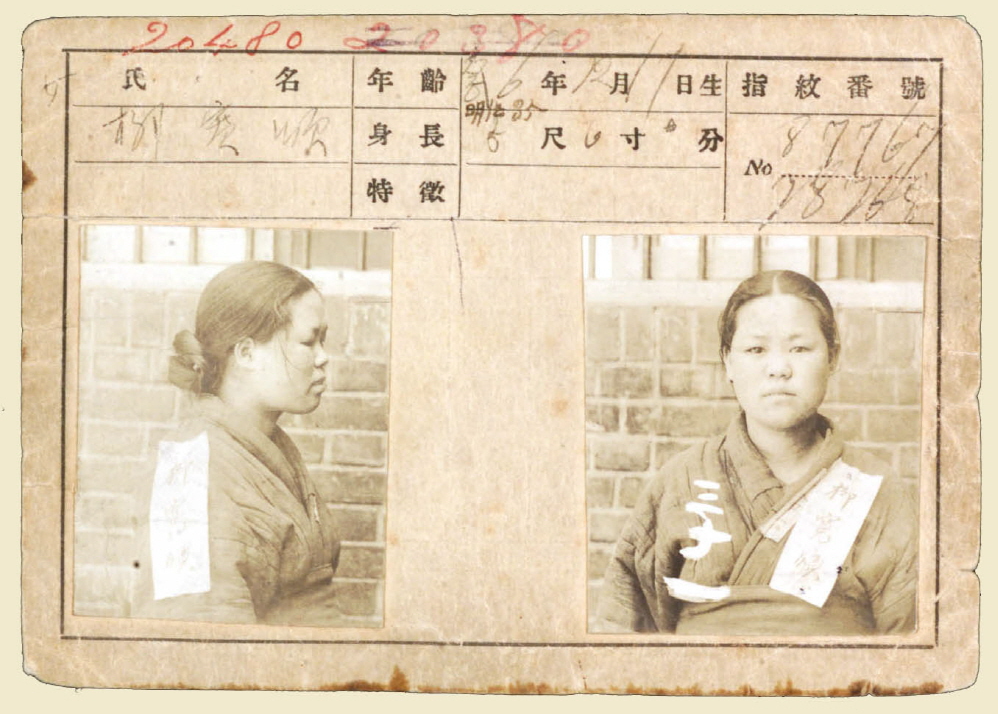
Address: 251, Tongil-ro, Seodaemun-gu, Seoul
Tapgol Park
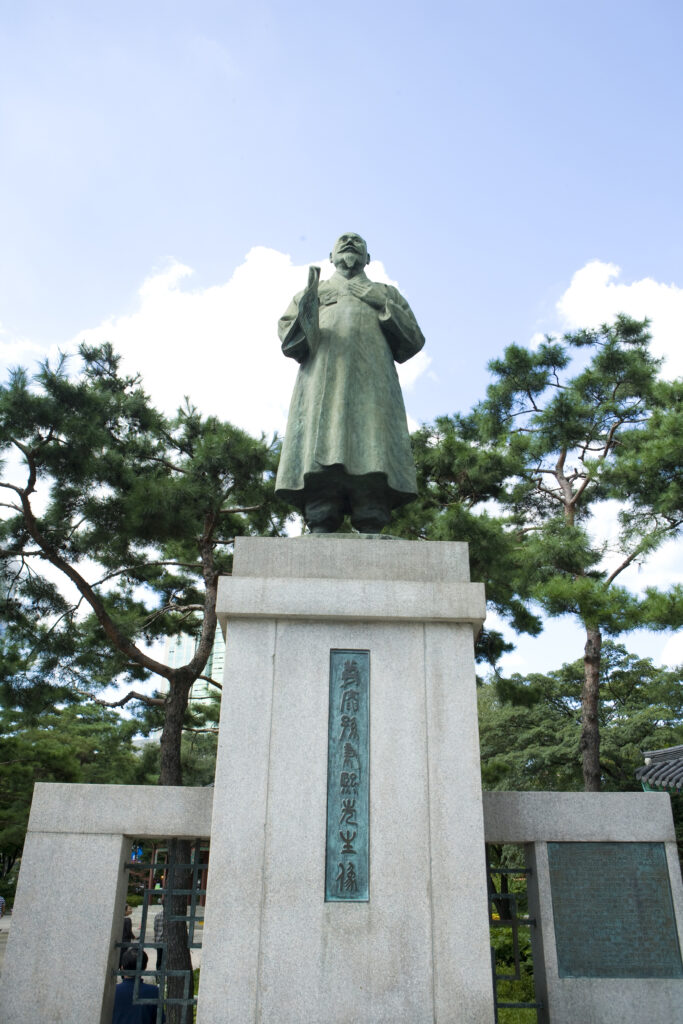
Tapgol Park, also known as Pagoda Park, is a historic park located in Jongno-gu, in the heart of Seoul, South Korea. The park was originally the site of Wongaksa Temple, one of the most important Buddhist temples in Korea, but it was destroyed during the Japanese occupation of Korea in the early 20th century.
In 1919, Tapgol Park gained national importance as the site where the Korean Declaration of Independence was first read aloud by a group of Korean intellectuals and activists,. The declaration was a call to end Japanese colonial rule and establish a democratic government in Korea.
Today, Tapgol Park is frequently visited by the last generation who lived through the events of the March 1st Movement, as it serves as a poignant reminder of the sacrifices made by those who fought for Korean independence.
The location of the park is also convenient for visiting other historical attractions in the Jongno neighborhood including Jonggak, Jongmyo, Pimatgol. You can find more about Jongno area’s historical sites here.
Address: 99, Jong-ro, Jongno-gu, Seoul
From the Seodaemun Prison History Hall in Seoul to the Independence Hall of Korea in Cheonan, these sites offer a glimpse into the past and provide a powerful reminder of the sacrifices made by those who fought for Korea’s freedom and independence. Visiting these places on March 1st is not only a way to honor the memory of the movement but also an opportunity to deepen one’s understanding and appreciation of Korean history and culture.


